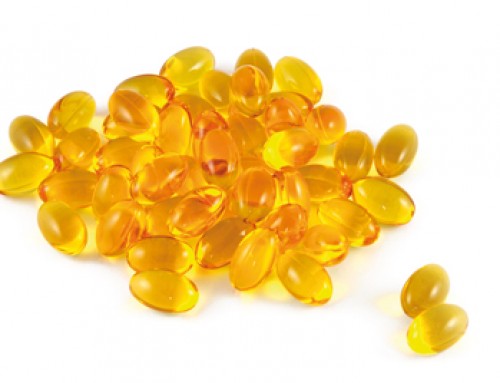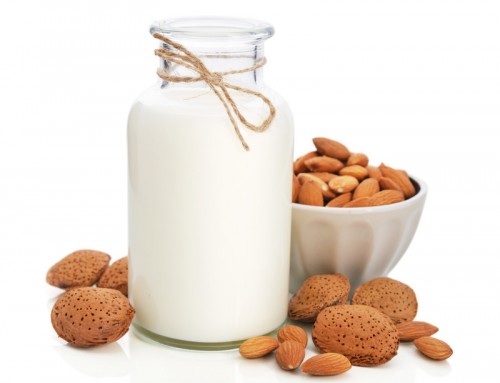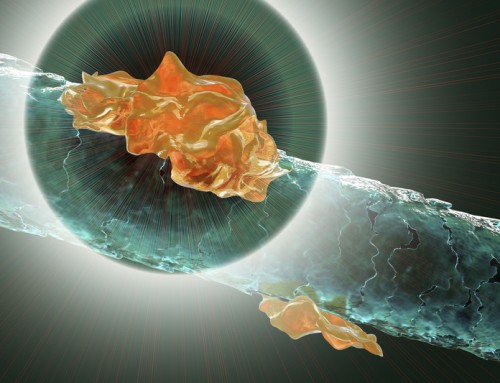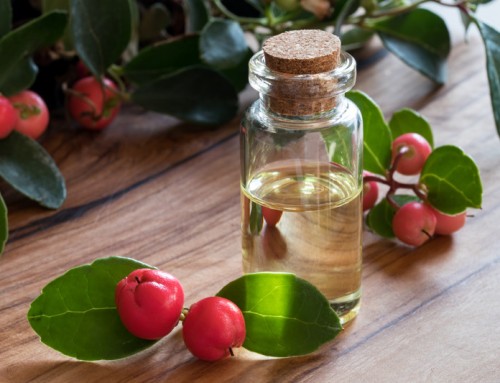What is Herbana Phyto Complex?
It is a synergistic and holistic combination of plant lipids and bioactive herbal extracts in combination with components from essential oils. The main purpose of the complex is to achieve various beneficial effects on the skin or hair. Phyto complex is added to the products as a whole or only part of it depending on its function. It is most often combined with other active ingredients to achieve different desired effects. So it stands as a base for different possible functions. Standardization of extracts and aromatherapeutic volatile essential oils components to known active compounds enables us to achieve repeatability of functionality in every batch of the products.
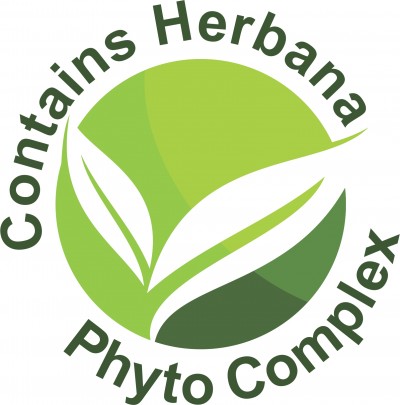
Composition of Herbana Phyto Complex
PHYTOSTEROLS FROM CRAMBE OIL
Bio-active lipids
An innovative functional agent from Crambe oil with the bio-active effects of phytosterols. It provides a wide range of benefits with a non-greasy and non-sticky after-feel.
Phytosterols acts directly on the epidermis at several levels:
- Reduction of TEWL (Trans Epidermal Water Loss) by forming a thin non-occlusive film on the skin surface and so regulates the hydration level of the epidermis.
- Protection of cutaneous barrier thus protecting from environmental factors (pollution, UV’s …).
- Cellular regeneration by favoring cellular turnover in the basal layer (deep skin).
Phytosterols effects in skincare products:
- Have smooth and luscious skin feel with skin texture improvement.
- Easily absorbed by the skin, leaving a soft and velvety feel.
Phytosterols effects in hair care products:
- Improve hair elasticity and resistance to breakage.
- Penetrate through the cuticle layers and into the cortex for strengthening the hair from the inside out.
Phytosterols have a long-lasting beneficial effect on skin and hair.
What happens with skin with aging?
With aging, the dermo-epidermal junction flattens and the epidermis receives fewer nutrients. Keratinocyte proliferation and differentiation slow down and hence cell renewal. Self-regeneration capacities decrease. Production of all fibers (collagen, elastin, hyaluronic acid…) and adhesion molecules dramatically decreases. The stratum corneum is deconstructed and loses its properties of cohesion. Thus, the skin’s function as a protective barrier becomes less efficient and dehydration takes hold. The skin is thinner, less elastic, and supple. At the surface, its relief is disorganized and wider, and so wrinkles form. Phytosterols help re-densifies the dermal extracellular matrix and increase epidermal thickness.
SQUALANE FROM OLIVE OIL
Delivery vehicle
The natural hydrocarbon squalene is an unsaponifiable fraction of olive oil. It is also naturally present in the human sebum. Stable derivate named squalane is obtained by hydrogenation of squalene. It is gathered from a completely renewable resource – olive oil. Squalane is an active small molecule that is rapidly absorbed into the epidermal layer and does not leave a greasy or sticky film.
Squalane most known benefits are:
- As a small molecule, it penetrates deep into the skin thus working as an effective emollient and most important as a delivery vehicle for other active ingredients.
- Balances skin lipids production, providing just enough moisture to keep the skin clear and healthy.
- Softens the skin, reduces wrinkles, and assists in maintaining healthy skin.
- With anti-inflammatory properties, it benefits to help with various skin conditions.
- Prevents of environmental damage to the epidermis since it fights off skin-damaging free radicals.
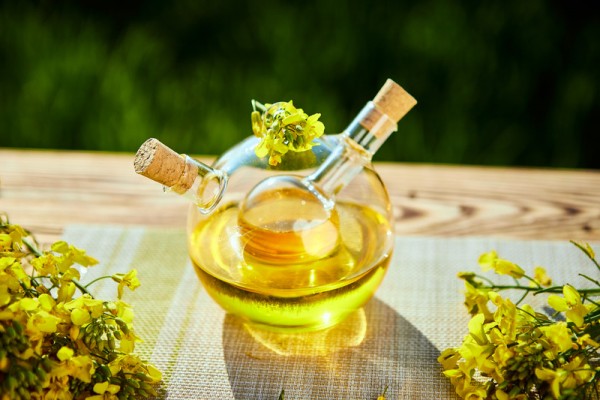
STANDARDIZED PLANT EXTRACTS
Calendula extract (lat. Calendula officinalis)
Skin soothing
Calendula or marigold pot is an annual and perennial herbaceous plant in the daisy family that is often known as a marigold pot. The plant contains flavonol glycosides, triterpene oligoglycosides, oleanane-type triterpene glycosides, saponins, and a sesquiterpene glucoside. The extract is standardized to pentacyclic triterpene alcohols and triterpendiol monoesters including 20 % faradiol esters esterified mainly with myristic- and palmitic acids. Faradiol esters have a significant anti-inflammatory effect. Other ingredients are sterols, carotenes, and cuticular waxes. Marigold flowers and its preparations have a long tradition in self-medication of skin diseases and in cosmetics. The therapeutic use of calendula flowers and ointments goes back at least to Hildegard von Bingen in the 12th Century and has been mentioned in many popular medical books for almost a hundred years.
Calendula extract is recommended for the treatment of hurts, bruises, inflammations, damaged skin, for wound healing, and for dry sensitive skin. The anti-inflammatory efficacy is related to the activity of triterpene alcohols, especially to faradiol esters, taraxasterol, amyrins, and lupeol. Anti-inflammatory mechanisms that play an important role include inhibition of NF-kappa B, COX-2, arachidonic acid metabolism, decreased expression of inflammatory cytokines IL-1 beta, IL-6, and TNF alpha. As a result, it stimulates granulation, enhances the formation of cell tissue, accelerates wound healing, and has anti-inflammatory and painkilling effects.
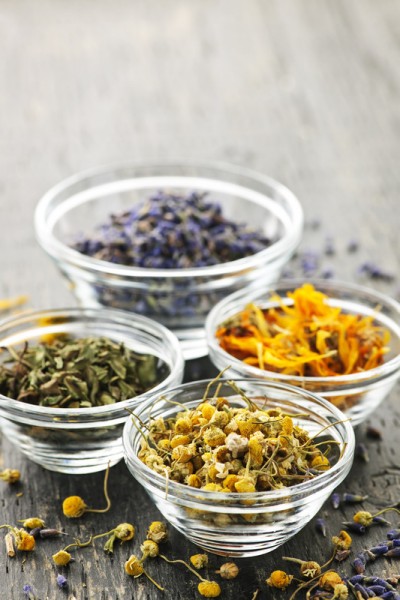
St. John's wort extract (lat. Hypericum perforatum)
Skin regeneration
St. John’s wort is a flowering plant used in traditional medicine. The Greek physician Hippocrates, born around 460 before Christ, is known as the father of medicine. He is one of the first who has documented the therapeutic use of St. John´s Wort. The red, oily extract has been used in the treatment of wounds for millennia, including by the Knights Hospitaller, the Order of St John, after battles in the Crusades, which is most likely where the name came from. The plant contains the following: flavonoids, phenolic acids, phloroglucinols (e.g. hyperforin, adhyperforin), tannins, volatile oils, and vitamins with their analogs. The standardized extract contains 40 % total hyperforins, resins and waxes, and no photosensibilising hypericin. It is used in cosmetics due to its potent regeneration and wound healing effect and inhibition of microorganisms, thus it is especially recommended in preparations for the treatment of damaged and impure skin.
Echinacea extract (lat . Echinacea purpurea)
Skin conditioning
Echinacea is a North American species of flowering plants in the sunflower family. Echinacea purpurea contains multiple secondary metabolites that are produced by this plant. They include alkamides, caffeic acid derivatives, polysaccharides, and glycoproteins. The secondary metabolites are believed to be biologically and pharmacologically active. The glycoproteins of echinacea root extract have the ability to activate portions of the immune system and are what heavily contributes to the immune system stimulation by echinacea.
The extract is standardized to not less than 20 % Alkylamides. Alkylamides are cannabinomimetics binding selectively to the CB2 receptor of the endocannabinoid system exerting TNF-alpha, immunomodulatory, and phagocytes stimulating efficacy. They have potent anti-inflammatory properties due to 5-lipogenase and mainly COX I activity. In addition, they are bactericidal, insecticidal, stimulate salivary secretion, have topical anesthetic, and wound healing properties.
Witch-hazel - hamamelis (lat. Hamamelis virginiana)
Skin adstringent
Witch-hazel is a flowering plant native to North America. The leaves and bark of the North American witch-hazel, are used to produce astringent remedies for various uses in folk medicine, herbalism, and skincare products. It was very popular for medicinal uses by Native Americans. The main constituents of witch-hazel extract include calcium oxalate, gallotannins, safrole, and chemicals found in the essential oil (carvacrol, eugenol).
The extract is standardized to tannins (mixture of gallotannins, condensed catechins, and procyanidins), flavonic glycosides, and essential oil. It is known to have vasoconstrictor and hemostatic properties. It might be used to soothe skin irritations and as an adstrigent remedy for various skin conditions.
Everlasting - immortelle (lat. Helichrysum italicum)
Skin calming
Everlasting is a flowering plant of the daisy family. Ancient Greek people presented the dried flowers as an offering to the gods. Many chefs use it as a flavor added ingredient in sauces in various cultural cuisines around the Mediterranean. It is used in many cosmetic preparations due to its calming, regenerating, anti-inflammatory, and anti-wrinkle properties. The plant contains the following: flavonoids (isosalipurposide, naringenin, elicrisin A and B, …), essential oil, tannins, bitter principles.
The standardized extract contains the defined content of flavonoids. It is used in cosmetics due to its toning, calming, soothing, and anti-age effect on the skin.
Rosemary extract (lat. Salvia rosmarinus)
Natural antioxidant
Rosemary is a perennial herb with fragrant, evergreen, needle-like leaves and white, pink, purple, or blue flowers, native to the Mediterranean region. It has been used in Europe since ancient times as tonic, stimulant, and carminative to treat dyspepsia, headaches, and nervous tension. The ancient Greeks used it to strengthen memory function and concentration. In India, rosemary leaves are used in Ayurvedic Medicine for the treatment of flatulent dyspepsia associated with psychogenic tension and migraine headaches. Rosemary contains a number of bioactive phytochemicals, including rosmarinic acid, camphor, caffeic acid, ursolic acid, betulinic acid, carnosic acid, and carnosol.
Rosemary extract has antioxidative, antimicrobial, and anti-inflammatory properties confirmed by the number of in vitro and in vivo studies. It retards the oxidation of fatty oils, carotenoids, and essential oils. Antioxidative reference compounds are phenolic diterpenes, carnosic acid, and carnosol. It has also anti-aging properties. Topical application inhibits the oxidation of polyunsaturated fatty acids in membranes and the non-enzymatic glycosylation of proteins.
COMPONENTS FROM AROMATHERAPEUTIC ESSENTIAL OILS
True lavender essential oil (lat. Lavandula angustifolia)
Originally native to the region of the southern Mediterranean, lavender is now found all over the world. Components from true lavender essential oil have soothing, calming, and reassuring properties. It is known to calm irritated skin and to calm emotional anxiety.
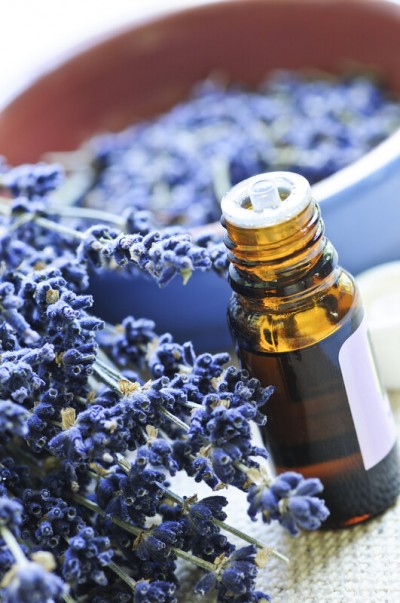
Peppermint essential oil (lat. Mentha pipperita)
Peppermint is the most pungent of mints. Components from peppermint essential oil have revitalizing energizing, and refreshing properties. It is known for its cooling effect on the skin due to menthol. It reduces pain, eases painful muscles, and revive depleted energy.
Tea tree essential oil (lat. Malaleuca alternifolia)
Native to Australia where indigenous Aborigines were already well aware of the healing powers of the leaves. Components from tea tree essential oil have antimicrobial, healing, and bracing properties. It is known to heal acne, infections, and calm the skin after insect bites.
Common thyme essential oil (lat. Thymus vulgaris)
Originally native to the Mediterranean, it is now grown in many hot, dry climates. Components from thyme essential oil have soothing, warming, and gentle properties. It is known to unblock the respiratory passages during colds, to have a positive effect on the immune system, and to create a feeling of calm on the skin.
Damask rose essential oil (lat. Rosa Damascena)
The most quality oil is from Bulgaria around the town of Kazanlik. Components from rose oil have floral, nourishing, and uplifting properties. It is known to soothe dry skin, prevent stretch marks, and rejuvenate the skin.
German chamomile essential oil (lat. Matricaria chamomilla)
The plant is commonly used to make calming herbal tea. Components from german chamomile essential oil have soothing, calming nourishing properties. The most important components are well-known azulene and bisabolol. It is known to reduce inflammation, soothe and calm sensitive skin, and ease mental stress.
Herbana company offers only best quality natural and organic products with all required analysis and known origin. All certified by modern internationally recognized ECOGEA standard.

